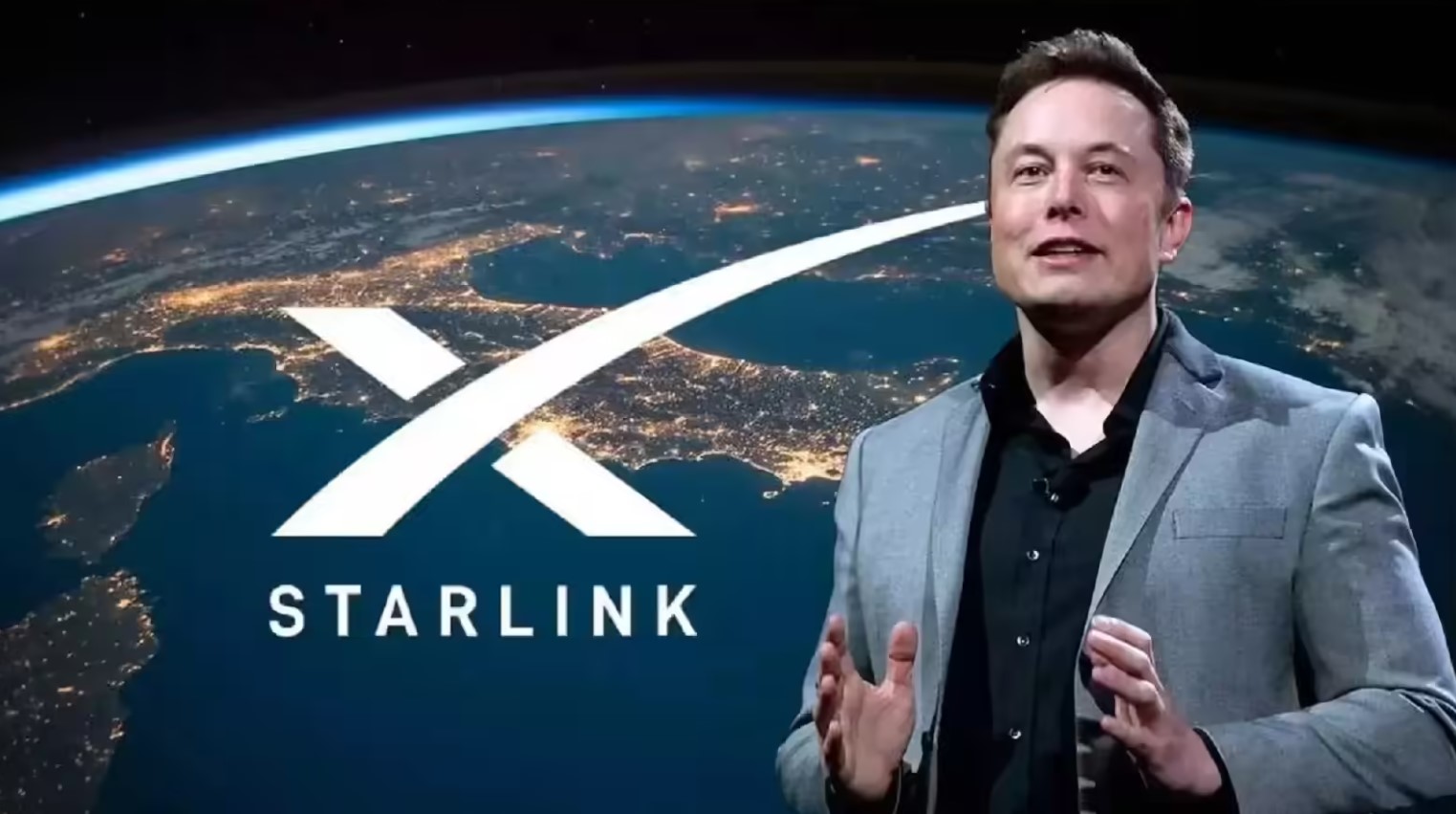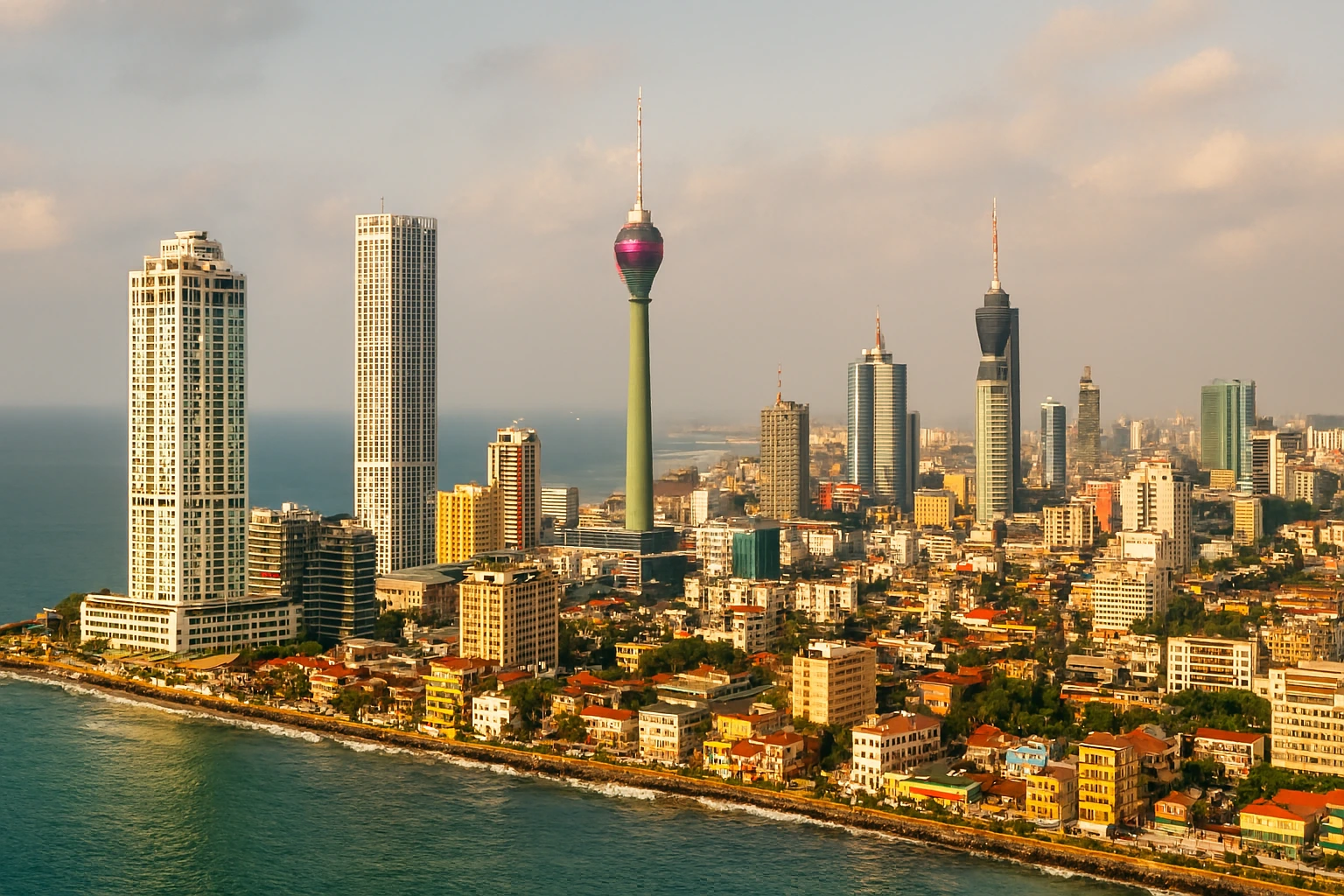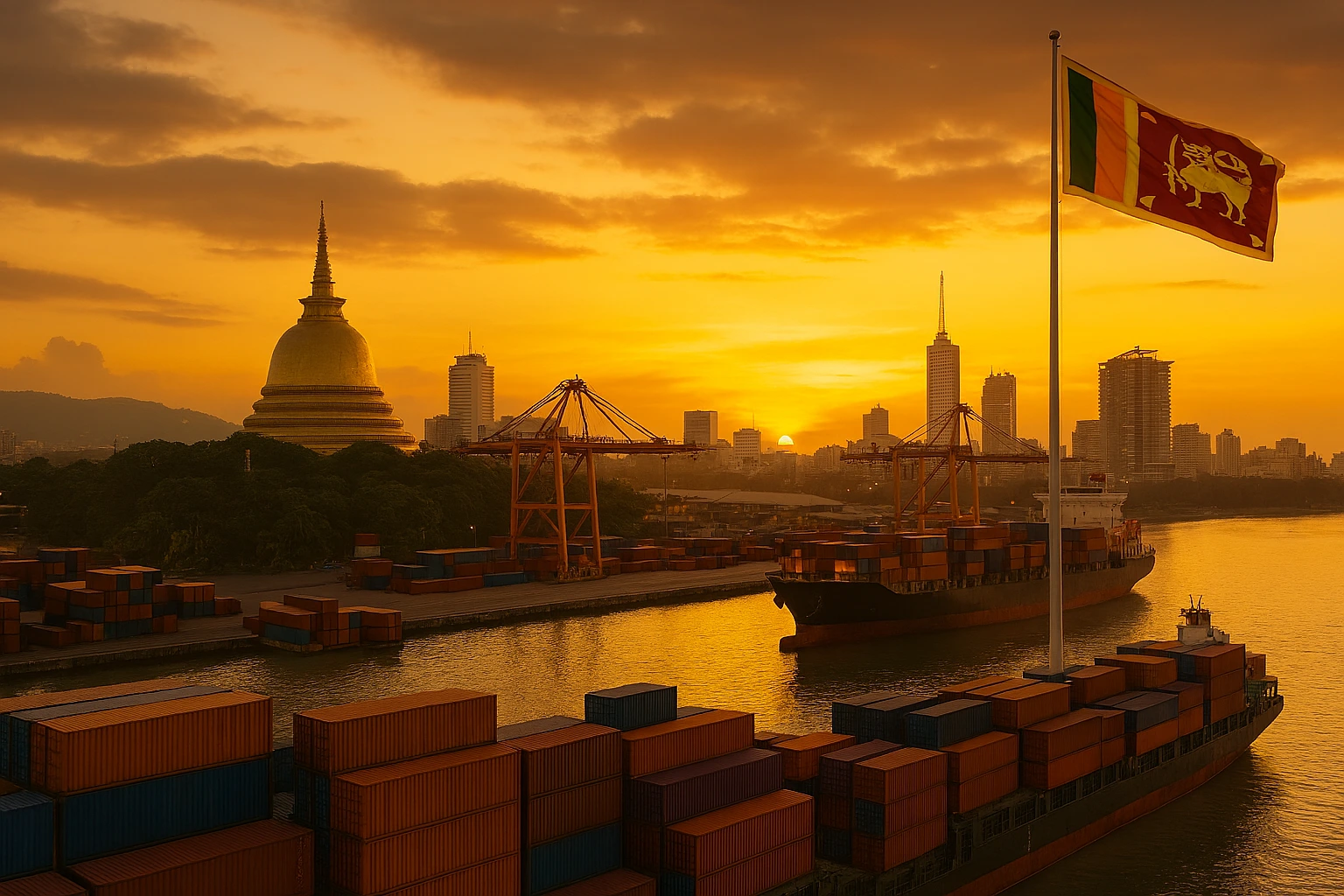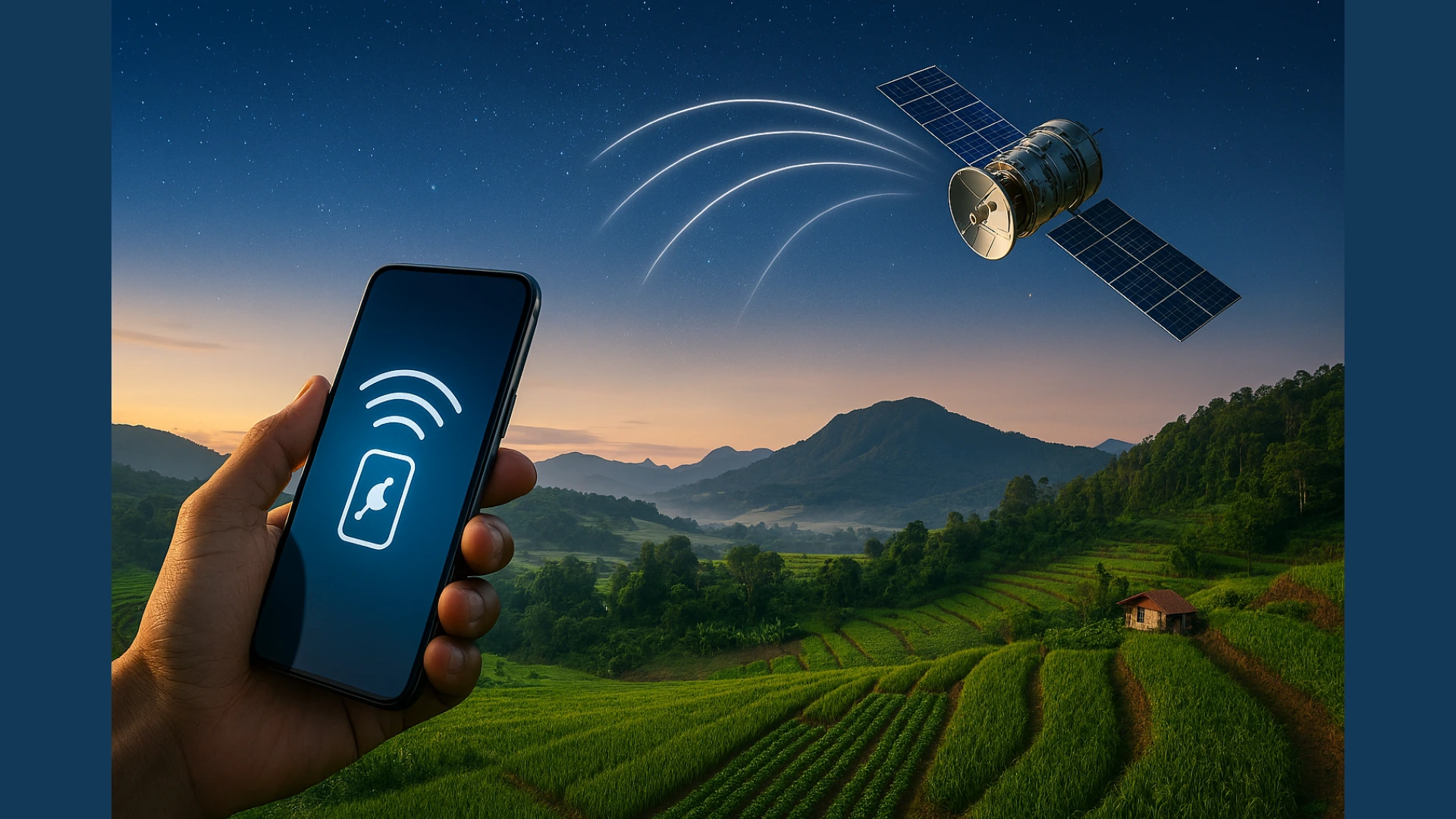Starlink in Sri Lanka is officially live. Elon Musk’s SpaceX-powered satellite internet service has been approved by the Telecommunications Regulatory Commission of Sri Lanka (TRCSL) and began rolling out to users this July.
For a country with strong but uneven mobile and fibre coverage, Starlink promises a game-changing solution to bridge the digital divide in Sri Lanka. But what exactly will it bring? How does it fit alongside existing Sri Lankan internet services?
Here’s a deep dive into what Starlink means for Sri Lanka’s connectivity landscape, its impact on education, healthcare, small businesses, and the broader economy.
What is Starlink and Why Does it Matter?
Starlink is a satellite internet service operated by SpaceX, designed to deliver high-speed, low-latency internet to even the most remote corners of the world. Unlike fibre-optic networks, which need physical cables and towers, Starlink uses a vast constellation of low-Earth-orbit satellites to beam internet directly to user terminals.
Globally, typical Starlink users see speeds of 50–150 Mbps and latency around 20–40 ms. For Sri Lanka, with its blend of modern urban fibre and under-served rural communities, this represents an unprecedented leap forward.
Closing the Connectivity Gap in Rural Sri Lanka
While Sri Lanka boasts over 90% 3G/4G mobile penetration, the reality on the ground is far from equal. In cities like Colombo and Kandy, users enjoy robust fibre and mobile data services. But move into rural districts—tea estates in the central hills, remote coastal fishing villages, or northern farming settlements—and connections can be patchy, slow, or even absent.
Starlink’s satellite internet in Sri Lanka promises to address these last-mile challenges:
- No need for ground cables
- No reliance on local towers
- Works anywhere with a clear sky view
For rural communities, this is more than a convenience. It’s an equaliser.

Enabling Remote Education and Closing the Digital Divide
The COVID-19 pandemic starkly exposed Sri Lanka’s digital inequalities. Urban students transitioned to Zoom classes with relative ease, while rural children often struggled with poor mobile data or no connection at all.
Starlink Sri Lanka offers the possibility of universal, reliable high-speed internet access in even the most remote schools. Teachers can deliver lessons online, access global educational content, and collaborate with peers anywhere. Students gain equal access to digital learning resources, online courses, and exam preparation tools.
This is crucial for Sri Lanka’s ambition to build a digitally literate, knowledge-based economy.
Improving Healthcare Access through Telemedicine
Healthcare providers in rural Sri Lanka face similar challenges. Many clinics lack stable internet, making telemedicine consultations, record-sharing, or remote diagnostics impossible.
Starlink’s fast, reliable connection can change that:
- Enable remote specialist consultations
- Transfer patient records securely
- Support real-time diagnostics
During natural disasters or power cuts that might disable terrestrial networks, satellite internet in Sri Lanka can keep healthcare systems online and responsive.
Supporting SMEs, Tourism and E-Commerce
Sri Lanka’s economy depends heavily on small and medium enterprises (SMEs), many of which operate outside urban hubs. Yet lack of connectivity has held them back from fully joining the digital economy.
With Starlink, rural businesses gain access to:
- E-commerce platforms
- Digital marketing tools
- Cloud-based accounting and inventory systems
In the tourism sector, remote eco-lodges and homestays often struggle to provide even basic Wi-Fi to guests. Starlink allows them to deliver reliable, high-speed internet—essential for attracting tourists, especially remote-working travellers.
Competition or Complement to Sri Lankan ISPs?
A key question is whether Starlink will compete with or complement existing internet services in Sri Lanka.
Urban fibre broadband remains both cheaper and faster for many customers. Providers like SLT and Dialog have invested heavily in expanding last-mile fibre connectivity, offering speeds of 100 Mbps or more at competitive prices.
Similarly, 4G (and soon 5G) networks cover most of the country and offer affordable mobile data plans.
Where Starlink stands out is in serving the hardest-to-reach 5–10% of the population. For them, laying fibre is too expensive, and mobile coverage is unreliable.
In fact, Sri Lankan ISPs may end up partnering with Starlink:
- Using satellite connections for backhaul
- Offering hybrid packages
- Selling Starlink-based connectivity to remote schools, clinics or businesses
Cost and Accessibility: Can Sri Lankans Afford Starlink?
Starlink isn’t cheap. Globally, pricing is roughly USD 110 per month (about LKR 33,000+), with hardware costing around USD 599 (~LKR 180,000).
For comparison:
Fibre broadband in Colombo: LKR 3,000–5,000/month
Typical mobile data bundles: Even cheaper
For urban households with fibre access, Starlink may not be appealing. But for:
- Remote schools and clinics
- Rural businesses
- High-end eco-resorts
…the price becomes more justifiable. NGOs, government programmes, or public–private partnerships may also subsidise the service for critical social needs.
Regulatory and Policy Support
Starlink received approval from the Telecommunications Regulatory Commission of Sri Lanka (TRCSL) in 2024, after a pilot programme to test service quality.
This ensures compliance with:
- Local spectrum rules
- Cybersecurity requirements
- Consumer protection standards
It also aligns with Sri Lanka’s broader digital economy goals, including:
- Expanding cashless payment systems
- Promoting digital literacy
- Supporting SME growth
Strategic Benefits for National Resilience
Beyond economics, Starlink offers strategic advantages:
- Keeps communication running during disasters
- Provides redundancy if terrestrial networks fail
- Supports government and emergency services
As Sri Lanka faces risks from floods, landslides, and geopolitical tensions, resilient communication infrastructure is vital.
A More Connected Sri Lanka
Starlink in Sri Lanka isn’t about replacing existing providers—it’s about filling the gaps.
It’s a tool to ensure no school, clinic, business, or household is left offline because of geography or cost of infrastructure.
By connecting rural students, supporting remote healthcare, and enabling SMEs and tourism businesses, Starlink promises to narrow the digital divide in Sri Lanka.
Ultimately, it’s not just about faster internet—it’s about building a more equal, resilient, and opportunity-rich future.





